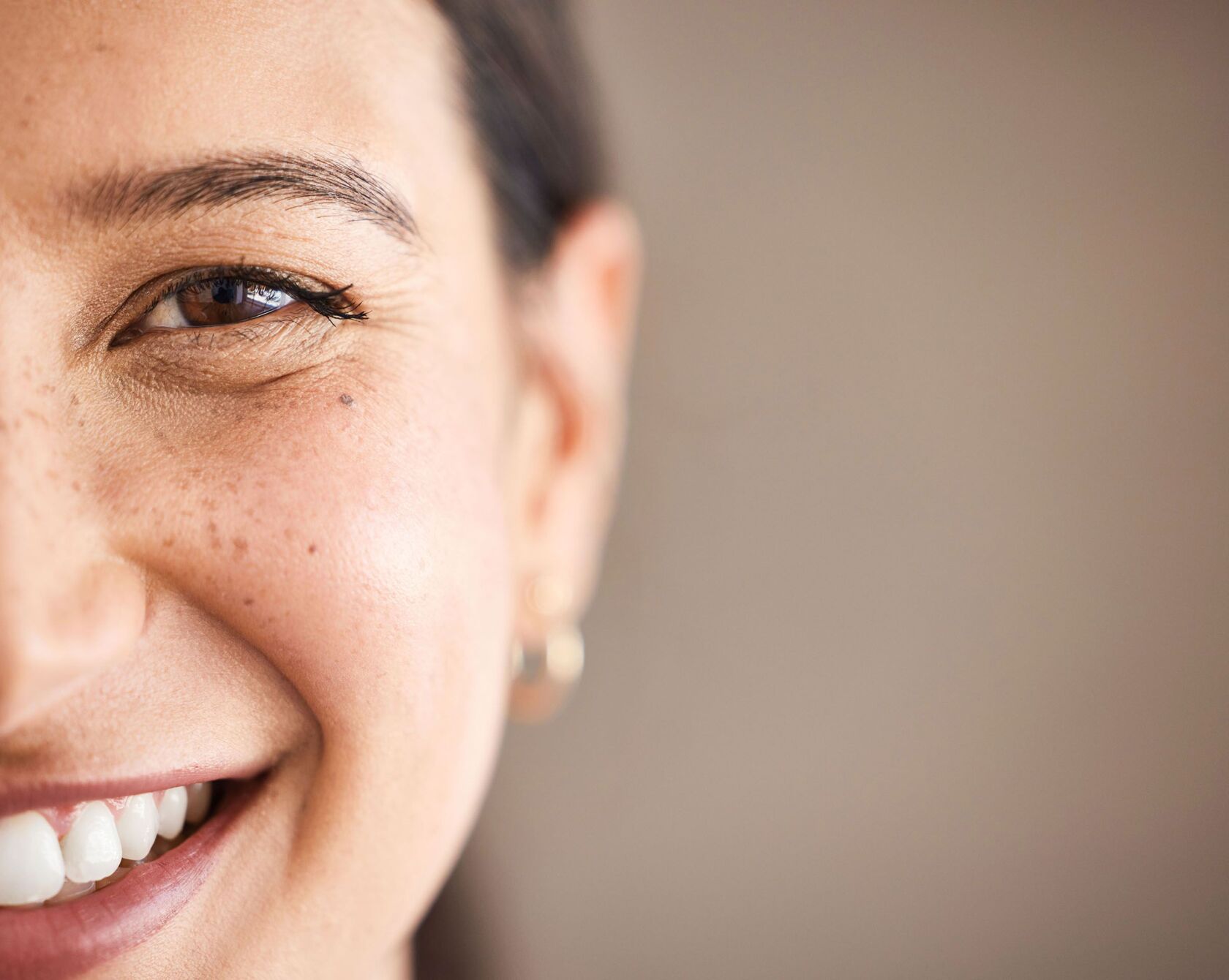From the first menstruation through pregnancy and childbirth to the menopause: hormones have a major influence on a woman’s health and quality of life. Due to monthly menstrual cramps and possible diseases such as endometriosis or polycystic ovary syndrome, many women are confronted with hormonal challenges as soon as they reach sexual maturity.
At the latest, an unfulfilled desire to have children can bring any hormonal imbalances to light. Modern reproductive medicine makes it possible to pave the way to family happiness for many. The female body not only allows new life to grow, it also performs true miracles with the birth of a healthy child. Because what is hardly ever talked about: Every seventh pregnancy ends prematurely in a miscarriage. However, once the birth is over and the child is well, 10 to 15 percent of women struggle with another taboo subject: postpartum depression.
The time before, during and after the menopause is also challenging for many women. When the sex hormone oestrogen drops and the female body gets ready for the next stage, up to 50 different symptoms of the menopause can occur. These include weight fluctuations, sleepless nights, sweating and emotional rollercoaster rides. The drop in oestrogen levels is also the main cause of osteoporosis, or bone loss. Women are more than three times as likely to suffer from this bone disease, which is treated with medication. Incidentally, they take almost twice as long to be absorbed by the body compared to men.
By the age of 60, more than one in four women is affected by incontinence. This shameful bladder weakness can be caused by hormonal changes, but also by a weakness in the pelvic floor muscles. The risk of cardiovascular disease also increases after the menopause, as the protective effect of oestrogen on the blood vessels disappears with age. Cardiovascular diseases are also the most common cause of death among women. Breast cancer remains the second most common disease: one in eight women will be diagnosed with the disease in her lifetime.
Thanks to increased prevention and modern therapies, the prognosis is now much better and so are the chances of survival and recovery for those affected. Despite all the challenges, the life expectancy of women in Switzerland is steadily increasing. They live to be around 85 years old and therefore live on average four years longer than men.
